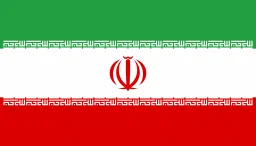Ajay Gohel

Ajay Gohel
Introduction to the Persian musical instrument of Tar and Setar
1 Courses

IRAN
Introduction to the Persian Musical Instruments: Tar and Setar
Iran, with its rich cultural and artistic heritage, is home to a variety of traditional musical instruments that have played a significant role in shaping Persian classical music. Among the most iconic of these are the Tar and the Setar — two string instruments deeply rooted in the spiritual and artistic traditions of Iran.
Tar
The Tar is a long-necked, waisted lute with a double-bowl body made from mulberry wood and a lamb-skin-covered soundboard. It typically has six strings, tuned in pairs, and is played with a small brass or bone plectrum. The word “Tar” means “string” in Persian, and its rich, resonant sound makes it one of the central instruments in Persian classical ensembles.
Originating in the 18th century, the Tar became prominent during the Qajar era and remains an essential instrument for conveying the intricate melodies and improvisations characteristic of Radif, the core repertoire of Persian classical music.
Setar
The Setar, despite the similarity in name, is quite different in both construction and sound. Originally having three strings (hence “Se” meaning three and “Tar” meaning string), it was later modified to include a fourth string. The Setar is smaller than the Tar and is played with the nail of the index finger, producing a delicate and intimate sound.
This instrument is often associated with Sufi mysticism, meditation, and spiritual music, and is widely used in solo performances due to its expressive capabilities
If you want to learn more about Introduction to the Persian musical instrument of Tar and Setar from Ajay Gohel, email us at info@wocagroup.com


